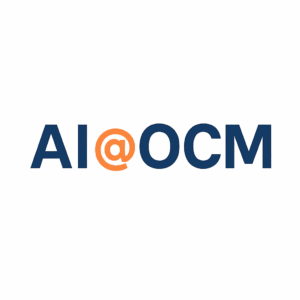In the race to adopt new technologies, companies often make a fundamental error: focusing disproportionately on acquiring technical talent while sidelining the human aspects of technology implementation. This oversight can lead to significant challenges in workplace integration and ultimately, to underperformance in leveraging technological investments. In this post, we’ll explore the common mistakes companies make in this area, the risks of neglecting workforce adoption support, and strategies to more effectively balance tech-savviness with human-centric approaches.
The Rush to Hire Technical Talent
As new technologies emerge, the initial instinct for many organizations is to immediately seek out the best technical minds. This includes software developers, data scientists, engineers, and other specialists who can bring these technologies to life. The drive to stay competitive by harnessing the latest innovations pushes companies to prioritize technical skills above all else.
Example: AI and Machine Learning
Consider the rapid adoption of artificial intelligence (AI) and machine learning across various sectors. Organizations are quick to invest in AI experts and data analysts to tap into the potential of big data and automated decision-making systems. While this expertise is crucial, focusing solely on these skills can overlook the equally important need to ensure that the rest of the workforce can adapt to and work alongside these new technologies effectively.
The Neglected Human Component
Despite the emphasis on technical recruitment, the success of new technology integration heavily relies on the human component. This includes training, change management, and the overall alignment of technology with business processes and culture. Ignoring these aspects can lead to resistance from employees, misuse of technology, and lost opportunities for enhancement of operational efficiencies.
Training and Development
Training is often one of the first areas that suffer when the focus is too narrow on technical capabilities. For successful technology adoption, employees at all levels need to understand not only how to use the new tools but also how these tools can enhance their daily work and contribute to broader business objectives.
Organizational Change Management
Effective organizational change management strategies are critical in helping staff navigate the transition to new technologies. These strategies help mitigate the anxiety and resistance that often accompany the introduction of new processes and tools. They also play a crucial role in fostering a culture of innovation and continuous improvement.
The Risks of Ignoring Support for Workforce Adoption
Failing to support workforce adoption can lead to several risks, including:
Reduced Engagement and Productivity
Employees who feel overwhelmed by new technologies without adequate support are less likely to engage with these tools effectively. This can lead to decreased productivity and even increased turnover, as employees may feel undervalued or unable to meet performance expectations.
Innovation Stagnation
When new technologies are not integrated into the daily practices of the workforce, the potential for innovation is stifled. Employees are the ones who can identify opportunities for applying new technologies in ways that truly benefit the business, and without their buy-in, these opportunities can go unrealized.
Increased Costs
The costs associated with unoptimized technology integration can be significant. These include the direct costs of the technology itself, as well as indirect costs related to inefficiencies, errors, and the need for additional training or interventions later down the line.
Balancing Tech-Savvy with a Human-Centric Approach
To avoid these pitfalls, companies must adopt a balanced approach that values technical expertise and human factors equally. This approach involves several key strategies:
Inclusive Planning
Involving a broad range of stakeholders in the planning and implementation phases of technology adoption ensures that different perspectives and needs are considered. This can lead to a more comprehensive and inclusive strategy that takes into account the ways in which technology impacts various aspects of the organization.
Ongoing Training and Support
Providing continuous learning opportunities and support for employees helps ease the transition to new technologies. This includes not only initial training but also ongoing education to help employees keep up with technological advances and changes.
Robust Organizational Change Management
Implementing robust organizational change management practices is essential for facilitating smooth transitions. This includes clear communication about the changes, the reasons behind them, and the benefits they are expected to bring, as well as providing channels for feedback and addressing concerns.
Leadership and Vision
Leaders play a critical role in setting the tone for technology adoption. They must not only champion the use of new technologies but also emphasize the importance of the human element in making these technologies successful.
Conclusion
As companies continue to embrace new technologies, the need to balance technical prowess with a focus on the human aspects of technology integration cannot be overstated. By recognizing the value of both and crafting strategies that address the full spectrum of needs and challenges, organizations can enhance their technological capabilities while also fostering a supportive, innovative, and productive work environment.






